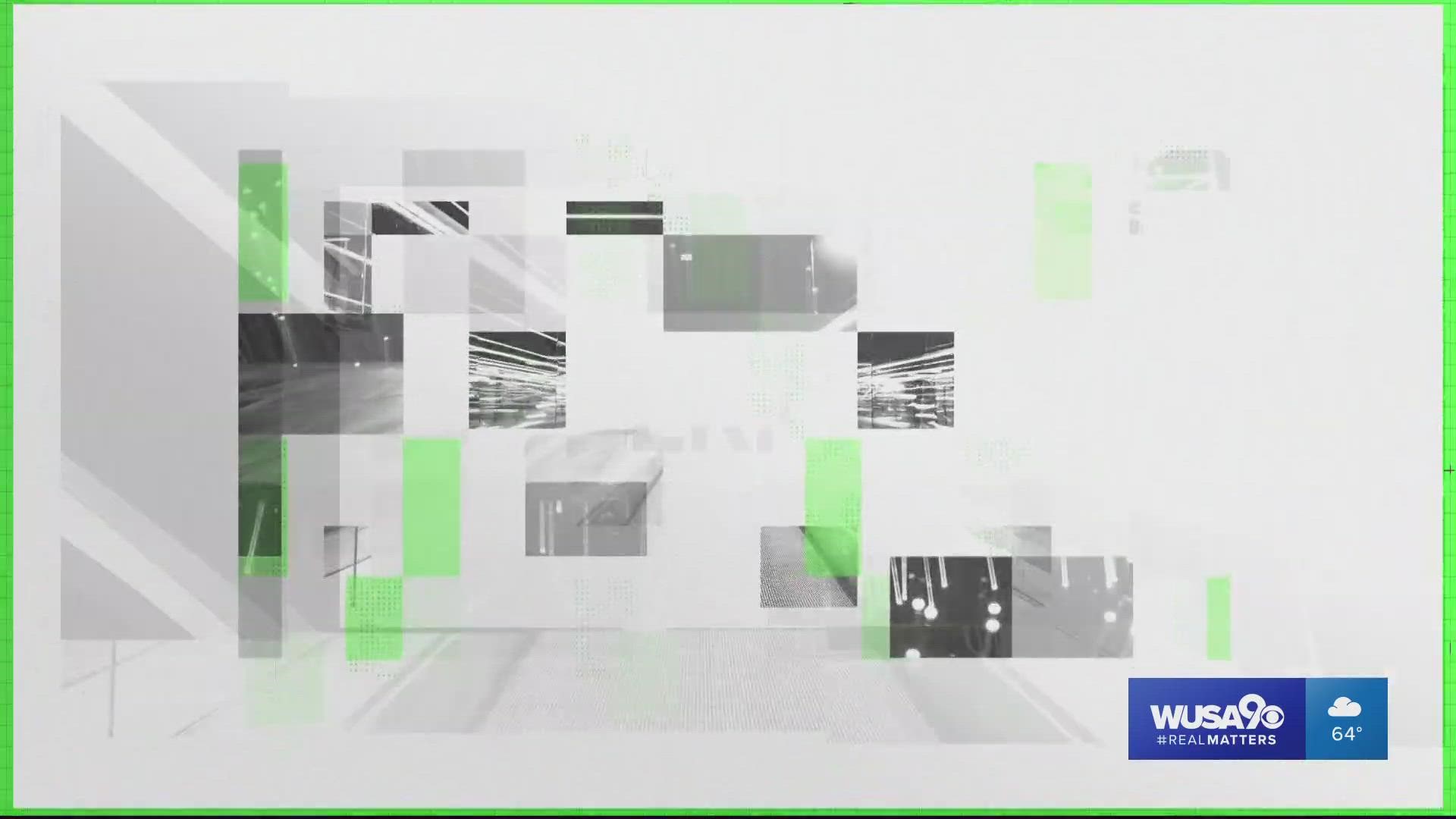DAMASCUS, Md. — Everyone was in a good mood, for the most part. Voters have been inundated with campaign messages for the better part of 2020 and I got the feeling that finally being able to cast a ballot relieved them of some stress.
One woman, however, cursed at me after inquiring about the procedures involved in voting a provisional ballot.
“That’s bulls***,” she scolded me as if I had the power to change it.
I explained to her that if she voted with the mail-in ballot she had requested -- the one she was clutching in her hand – that if she put it in the secure drop box just outside the polling location her vote would be counted the next day.
Cast a provisional ballot, I explained, and the state would not begin to count those ballots until several days after Election Day. She asked to speak with the Chief Judge at my voting center, who similarly had no power to change the outcome. Following that conversation, she relented and chose to vote with the provisional ballot.
The rest of my experience at the Damascus Community Center in Montgomery County was pleasant yet dutifully repetitive.
Here are some of the things you can expect when casting a ballot in person at any of the voting locations in Maryland.
- It’s loud. And a mask muffles your voice. Combining those two things and throwing in a plexiglass divider between you and the election judge means you might be asked to repeat yourself several times. Want to avoid the hassle? Write down your name, address and date of birth ahead of time. That’s the information the check-in judge will ask in order to find you in the state voter rolls and confirm your active voter registration. You are not required to show an ID when you go to vote, but more than a few people offered up their driver’s license to me unsolicited and I was happy to use that to confirm their information.
- Once you’re checked in, your next big decision is whether to vote with a paper ballot or with the ballot marking device; a large touchscreen device that will eject a ballot with your decisions upon completion. At my voting center, the line to use a ballot marking device was often seven or eight people deep. If you want to get in and out as quickly as possible, go with the paper ballot. And bring a pen. A black pen. Either way, when you’ve made your selections you’ll be directed to an election judge working the DS 200 precinct scanner and tabulator. They will show you how to insert your ballot correctly into the machine. Next, grab an “I VOTED" sticker and you’re done!
- Long lines. They look longer than they actually are. Social distancing inside and outside of the polling locations means those lines appear deceptively long. They’re not. A serpentine line out the door of my voting center and deep into the parking lot took voters anywhere from 20 to 45 minutes before I checked them in. Once you are inside the room where you will cast your ballot, I clocked an average of six minutes per voter between the time they checked in and the time they scanned their ballot. Of course, you have as much time as you need to do your civic duty.
- If you requested a mail-in ballot but you’ve decided you want to vote in person, you will have to vote with a provisional ballot. Even if you didn’t receive the ballot you requested. I checked in a family; a father, mother and daughter. The mom and daughter received the mail-in ballots they requested but the father didn’t. Fortunately, he was accepting of the situation and agreed to vote provisional without a fuss. Again, the state will not begin to count provisional ballots until several days after the election. But once it’s verified that you did not vote twice, your vote will absolutely count in the final results for Maryland.

